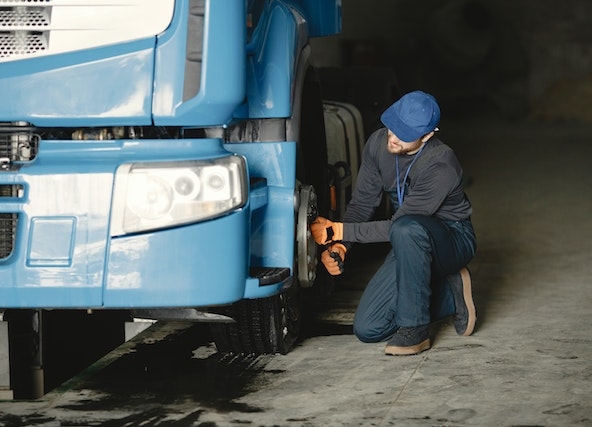Last week, the Utah High Patrol reported that the first major winter snowstorm on Thursday, December 9th, caused around 189 crashes.
One of these accidents involved a semi-truck jack-knifed on I-15 and 100 South in Salt Lake City. This was among the many severe and injury-causing accidents that took place on Thursday. Road conditions were described as “slushy” and most of the cars involved in accidents had bare tires. Vehicles that are traveling through Big and Little Cottonwood canyons are required to use snow tires or chains. Chains are now required for semi-trucks traveling on state Route 143 and I-70. Along with these safety mandates, our attorneys would love to share a few more tips to ensure the safety of all traveling through Utah.
Headlights
It’s crucial for you to be able to see as well as you can through the thick blanket of snowstorms. It is the perfect time to check all your vehicle’s lights, including brake lights, emergency flashers, headlights, and turn signals. Don’t take a long drive in the snow at night time. Again, increasing your vision is important for optimal safety during a snowstorm.
Change Your Wipers
Snow, ice, and the cold will make the rubber of your wipers brittle and easy to chip and stop functioning through the winter season. Make sure to regularly replace these to get the most visibility while you drive. While you’re at it, also make sure to get plenty of windshield wiper fluid, as you can go through it quite quickly in a snow storm.
Planned Routes Only
Right before hitting the road, be sure to check the weather, traffic, and any specific road conditions. Memorize the directions before you go, even if you are using a GPS. Let others be aware of your route and estimated time of arrival. If you’re going on a long trip, take some time to stretch, eat, and rest whenever necessary.
Tires & 4WD/AWD
Your tires should always be the go-to thing to address before every winter season. Keep in mind, as the outside temperature declines, so will the tire pressure within each tire. Make sure your tires are always at the optimal tire pressure specified in your owner’s manual. In most cars, the tire pressure is also on a label located on the driver’s side door frame. Make sure to also have appropriate treading on your tires, consider getting a new set of winter tires. Winter tires have increased treading for driving in snow and preventing sliding and collisions. A vehicle with 4WD/AWD is optimal for winter; they provide the most traction by giving power to your rear wheels when you are sliding.
If you or a loved one has been injured in a car accident during these snow storms, call our expert personal injury attorneys today to receive your free consultation.


